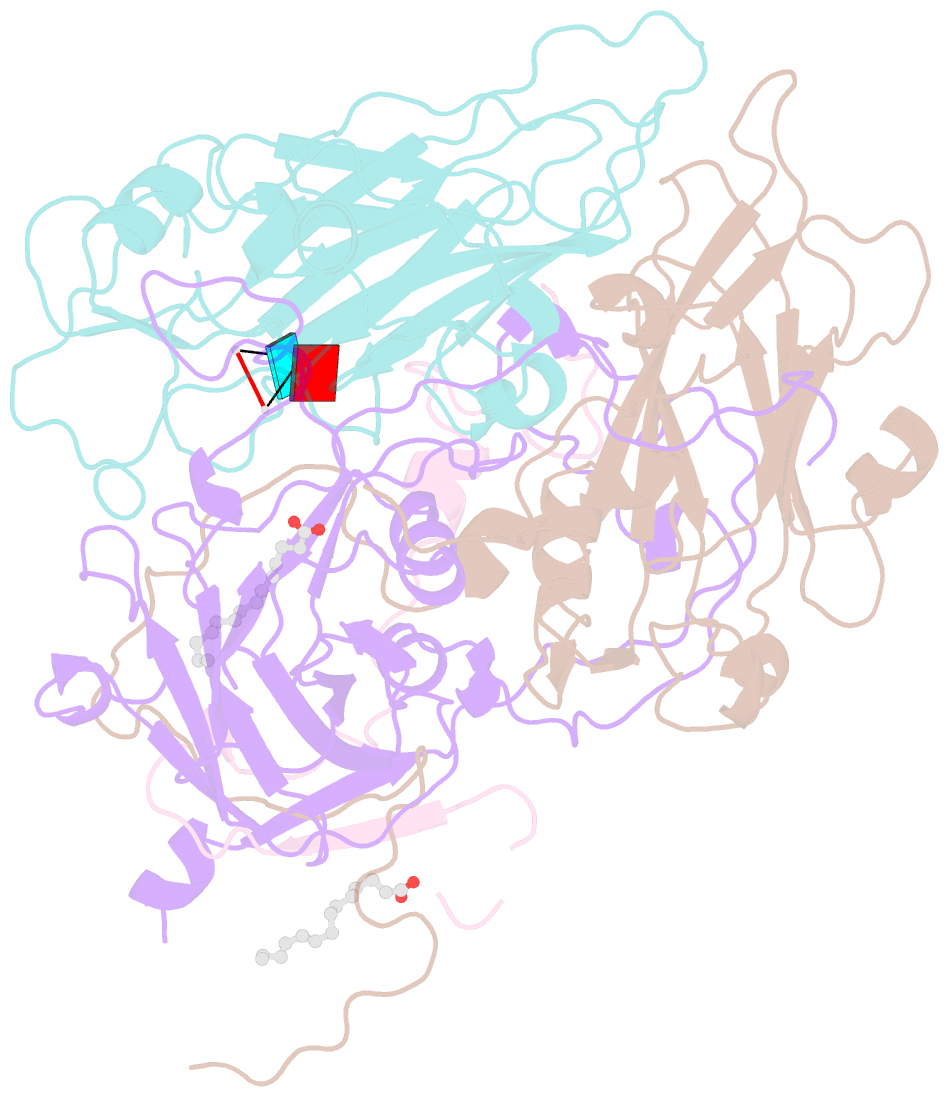Summary information and primary citation
- PDB-id
- 6thn; SNAP-derived features in text and JSON formats;
DNAproDB
- Class
- virus
- Method
- cryo-EM (2.6 Å)
- Summary
- Multiple genomic RNA-coat protein contacts play vital roles in the assembly of infectious enterovirus-e symmetry expansion+2fold focused classification
- Reference
- Chandler-Bostock R, Mata CP, Bingham RJ, Dykeman EC, Meng B, Tuthill TJ, Rowlands DJ, Ranson NA, Twarock R, Stockley PG (2020): "Assembly of infectious enteroviruses depends on multiple, conserved genomic RNA-coat protein contacts." Plos Pathog., 16, e1009146. doi: 10.1371/journal.ppat.1009146.
- Abstract
- Picornaviruses are important viral pathogens, but despite extensive study, the assembly process of their infectious virions is still incompletely understood, preventing the development of anti-viral strategies targeting this essential part of the life cycle. We report the identification, via RNA SELEX and bioinformatics, of multiple RNA sites across the genome of a typical enterovirus, enterovirus-E (EV-E), that each have affinity for the cognate viral capsid protein (CP) capsomer. Many of these sites are evolutionarily conserved across known EV-E variants, suggesting they play essential functional roles. Cryo-electron microscopy was used to reconstruct the EV-E particle at ~2.2 Å resolution, revealing extensive density for the genomic RNA. Relaxing the imposed symmetry within the reconstructed particles reveals multiple RNA-CP contacts, a first for any picornavirus. Conservative mutagenesis of the individual RNA-contacting amino acid side chains in EV-E, many of which are conserved across the enterovirus family including poliovirus, is lethal but does not interfere with replication or translation. Anti-EV-E and anti-poliovirus aptamers share sequence similarities with sites distributed across the poliovirus genome. These data are consistent with the hypothesis that these RNA-CP contacts are RNA Packaging Signals (PSs) that play vital roles in assembly and suggest that the RNA PSs are evolutionarily conserved between pathogens within the family, augmenting the current protein-only assembly paradigm for this family of viruses.





